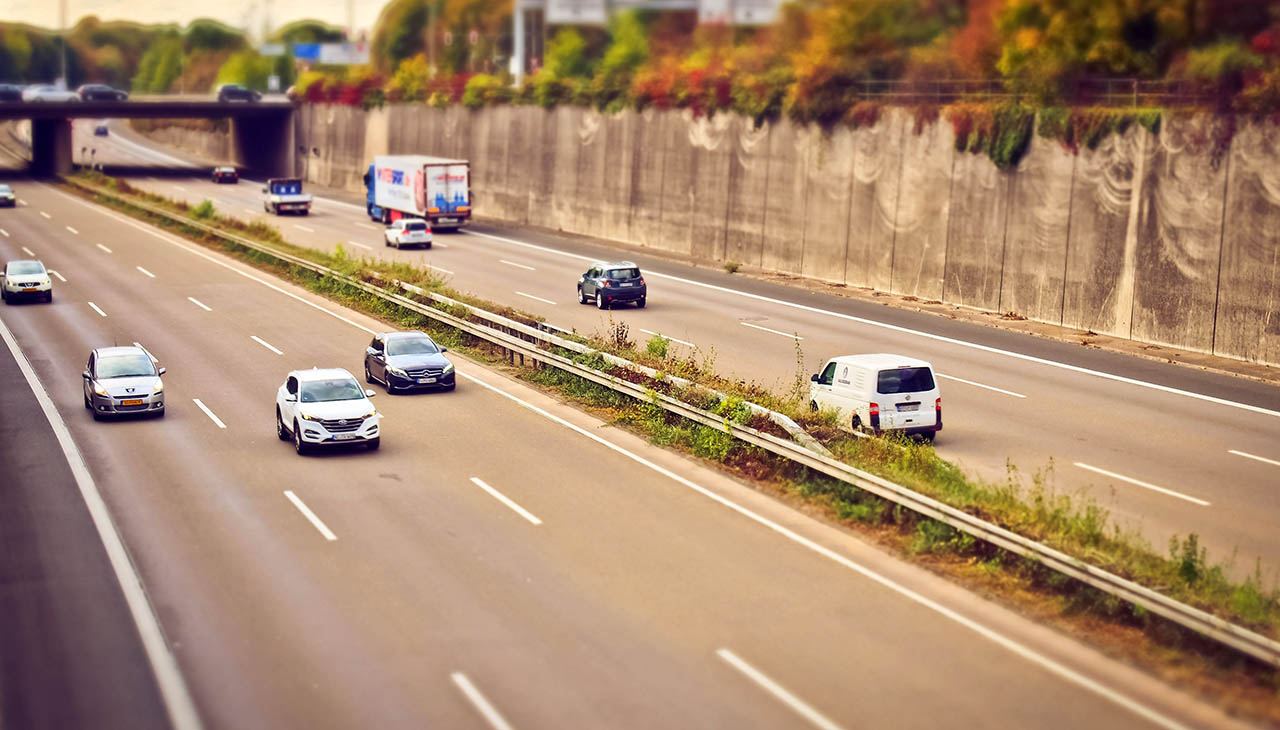Germany’s Autobahn is famed for its stretches without speed limits and is often envied by driving enthusiasts worldwide. However, beyond these unrestricted zones, the Autobahn operates on a foundation of strict driving principles and etiquette that ensures safety and fluid traffic flow despite high speeds. As Americans take to the road, reflecting on Autobahn practices offers valuable insights into improving our own driving behavior and fostering mutual respect among motorists. From lane discipline to signal usage, and from merging techniques to speed adaptation, the lessons from the Autobahn can greatly enhance the driving experience on U.S. highways.
Speed and Lane Discipline
The Autobahn is distinguished by areas with no speed limits, typically signified by a circular white sign with five diagonal black lines. In these zones, drivers may travel as fast as their vehicle and conditions safely allow. This freedom, however, is balanced with a deep-rooted understanding that the left lane is sacredly reserved for passing. Once a driver has overtaken another vehicle, it is an unwritten rule that they must return to the right lane promptly. This practice drastically reduces congestion and enhances overall traffic flow, making high-speed travel safer.
In contrast, American highways are governed by explicit speed limits, which are enforced to various degrees across states. Yet, adherence to lane discipline is less stringently observed, with many motorists casually occupying the left lane, regardless of their speed relative to other traffic. This habit leads to increased lane changes, overtaking on the right, and subsequently, a higher potential for accidents. Embracing German lane etiquette and reserving the left lane exclusively for passing could significantly improve the efficiency and safety of American highway driving.
Signal Usage and Overtaking
Proper signal usage is another cornerstone of Autobahn etiquette. German drivers are meticulous about using turn signals for lane changes and overtaking, a habit which significantly contributes to the predictable and orderly nature of high-speed driving on the Autobahn. The turn signal provides essential communication to other drivers, allowing them to anticipate and respond appropriately to potential movements of surrounding vehicles.
In stark contrast, on American roads, the critical act of signaling is often neglected. Drivers may forget, ignore, or intentionally skip the use of turn signals when changing lanes or passing other vehicles, increasing the risk for collisions and causing unnecessary traffic disturbances. Cultivating the discipline to consistently use turn signals is not merely a matter of legal compliance—it’s a commitment to shared road safety and respect for fellow drivers. By adopting the German practice of diligent signal use, American drivers can create a more predictable and secure driving environment for everyone on the highway.
Respect for Emergency Vehicles
One of the most commendable aspects of Autobahn discipline is the automatic creation of a Rettungsgasse, or “rescue lane,” by drivers when traffic slows down due to congestion or accidents. As soon as traffic begins to build up, drivers in the left lane move to the left, while those in other lanes edge to the right, creating a clear path down the middle of the roadway for emergency vehicles. This quick and organized response is crucial for saving lives, as it ensures emergency responders can reach the scene of an incident without delay.
In the U.S., the approach towards emergency vehicles is generally respectful but sometimes lacks the efficiency and uniformity seen on the Autobahn. All states have “Move Over” laws requiring drivers to give way to emergency vehicles; however, the execution can be erratic, and drivers may not always clear a path promptly. Some motorists may be unsure of the correct procedure or slow to react, creating potential delays for ambulances, fire trucks, and police vehicles. By adopting a systematic approach like Germany’s Rettungsgasse, American drivers could significantly improve critical response times for emergency services.
Tailgating and Safe Following Distance
On the Autobahn, the concept of Abstand, or “distance,” underscores the importance of maintaining a safe following distance at all times. German traffic law enforces a minimum distance proportional to the speed—generally dictating a gap of at least half the speedometer reading in meters (e.g., maintain at least 50 meters distance at 100 km/h). This prudent buffer allows drivers adequate time to react and stop in case the vehicle ahead brakes suddenly, thus minimizing the risk of rear-end collisions, even at high speeds.
Contrastingly, in the United States, tailgating is a widespread issue that compromises road safety every day. While most state driving manuals advise a minimum following distance of three seconds, enforcement is challenging, and adherence is notoriously poor. Many drivers follow too closely, especially at high speeds, sharply increasing the chances of accidents. This behavior is not just aggressive; it’s hazardous,
Conclusion
In sum, the meticulous driving culture of Germany’s Autobahn has much to offer in terms of best practices for highway travel. By emulating aspects such as rigorous lane discipline, consistent signal use, respectful behavior towards emergency vehicles, and adherence to safe following distances, U.S. highways could see significant improvements in safety and efficiency. The onus is on American drivers and policymakers to recognize the value in these practices and consider their integration into driving norms and regulations. Adopting such disciplined driving behaviors doesn’t only benefit individual motorists but also contributes to a culture of respect and safety on the roadways, ultimately saving lives and enhancing the driving experience for all.

